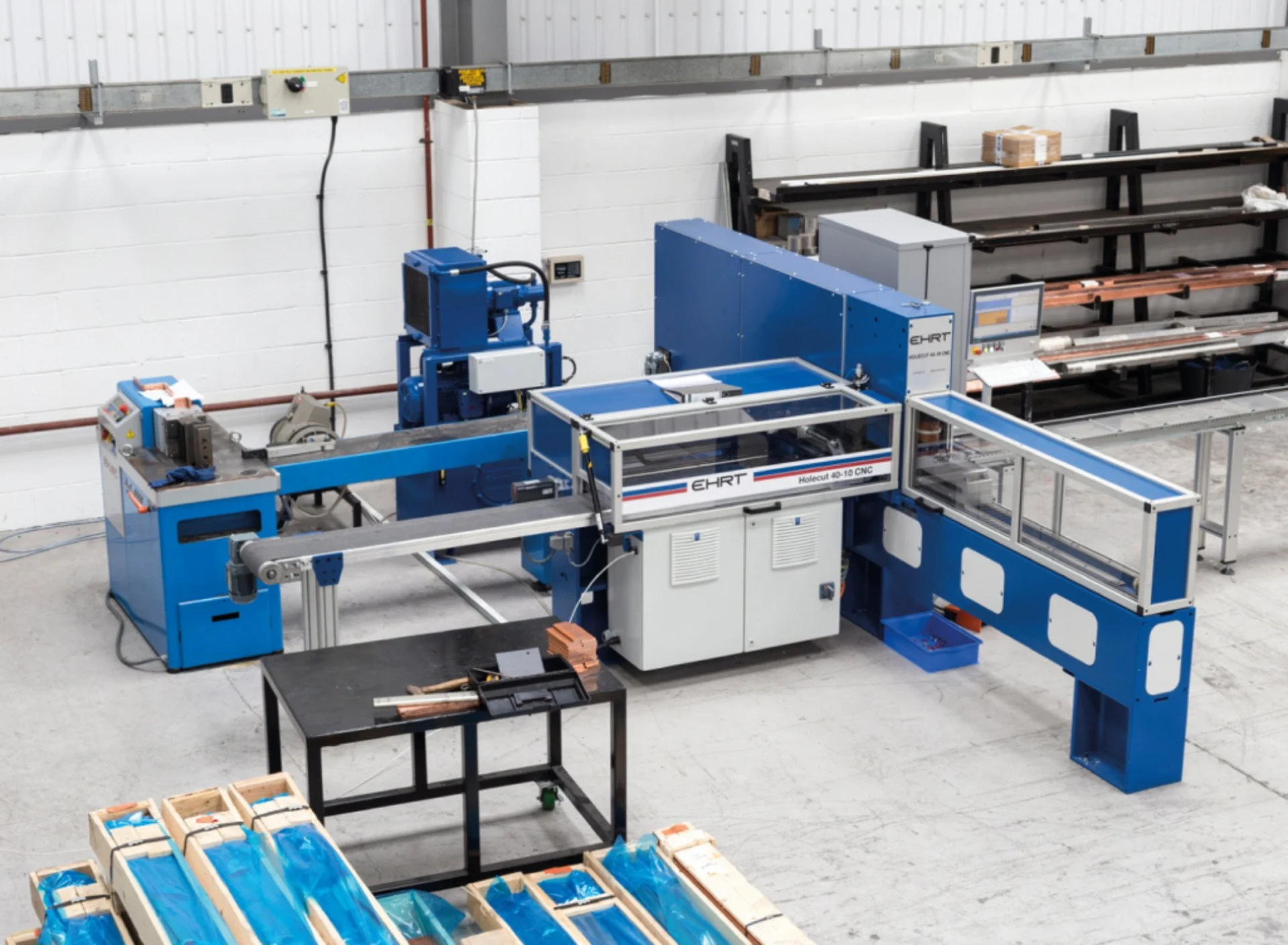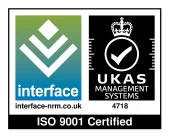Metal punching is a widely used method in fabrication where holes, slots, or shapes are created in sheets or profiles. Among the advanced systems available, EHRT machines have become known for precision and efficiency. They are often used in industries that require accuracy in sheet metal processing, such as switchgear manufacturing, electrical enclosures, and structural components.
At its core, EHRT punching uses hydraulic or servo-electric technology to drive a punch tool through the material into a die. Its ability to achieve tolerances of ±0.1 mm through three CNC-controlled axes ensures virtually perfect accuracy in every component produced.
The result is a clean cut with minimal burrs and high repeatability. This makes it ideal for producing consistent results in high-volume operations.
Understanding the Basics of Metal Punching
Punching involves forcing a tool through a piece of metal to create a clean cut. Instead of using heat or grinding, this process uses mechanical force. The method works by applying pressure until the material shears away in a specific shape. The tool and die combination ensures that every hole or slot is identical, which is critical in sectors such as electrical panel production, construction, and manufacturing.
EHRT technology enhances traditional punching by incorporating automation and digital controls. This ensures repeatability and reduces human error. Companies such as ILF Products supply precision materials that benefit from these exact processes, especially when accuracy is vital.
The Step-by-Step EHRT Punching Process
The EHRT punching system follows a structured process to guarantee accuracy and efficiency.
Preparing the Material:
Before anything else, the metal is measured, cleaned, and aligned to meet the project specifications. Preparation may also include marking guidelines and ensuring the thickness of the sheet or bar matches the machine settings. Proper preparation avoids costly mistakes during production.
Setting Up the EHRT Machine:
Operators configure the punching machine to the required job parameters. Modern EHRT systems use software to input dimensions and patterns. Once the programme is loaded, the machine automatically positions the metal in the right location. This automation reduces setup times compared with older manual systems.
Tool Selection and Alignment:
Each punching job requires the right tool set. The punch is the hardened steel component that presses into the metal, while the die provides the opposing shape. Correct alignment between punch and die ensures a clean cut and minimises tool wear. EHRT equipment streamlines tool changes to maintain productivity on the workshop floor.
Punching the Metal:
Once everything is in place, the machine begins applying force through hydraulic or mechanical means. The punch passes through the material, shearing it against the die. The waste piece, often called the slug, drops away, leaving a smooth hole or slot. EHRT systems handle repeated cycles with minimal downtime, making them ideal for batch production.
Post Process Finishing:
After the punching process, the parts may require deburring or smoothing to remove any sharp edges. In many cases, the clean cut produced by EHRT technology reduces the amount of finishing needed. Quality inspectors check the completed components against standards before they move to the next stage of production.
Advantages of Using EHRT Punching Technology
Several benefits make this method a preferred choice in the UK manufacturing sector:
- Accuracy: Digital programming and tool precision provide consistent results.
- Speed: Automated positioning shortens cycle times.
- Cost efficiency: Less waste and reduced manual labour lower overall production costs.
- Versatility: The process works with a variety of materials, from copper busbars to steel plates.
- Repeatability: Large batches can be produced without variation in quality.
By combining these advantages, EHRT punching ensures that manufacturers can meet tight deadlines while maintaining strict tolerances.
Typical Applications in UK Manufacturing
Industries that require high accuracy and durability widely apply EHRT punching. Common uses include:
- Electrical industry: Creating busbars and switchgear components that demand precise hole patterns.
- Construction: Producing brackets, plates, and structural fittings.
- Automotive: Forming panels and supports used in vehicle assembly.
- Renewable energy: Manufacturing components for solar, wind, and energy storage systems.
In these fields, businesses rely on suppliers like ILF Products for quality materials that align with the high standards of automated punching processes.
Summing Up
Metal punching remains one of the most reliable ways to create consistent openings in sheet and bar stock. EHRT systems refine the process to deliver speed, efficiency, and accuracy. From material preparation to post-process checks, each stage ensures that the final product meets the exact requirements of modern engineering.
For companies working in demanding industries across the UK, understanding how EHRT punching works provides clarity on why it remains a cornerstone of fabrication. The blend of advanced technology, repeatability, and cost-effectiveness makes it an essential method for producing precise metal components at scale.
Milly Edwards
Sales and Marketing Executive: Responsible for creating content for ILF's social media channels, website, print media and promotional work.








